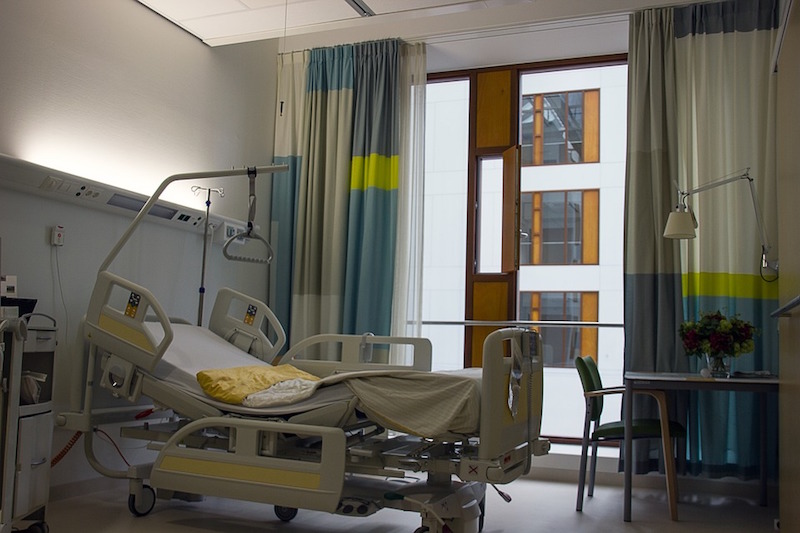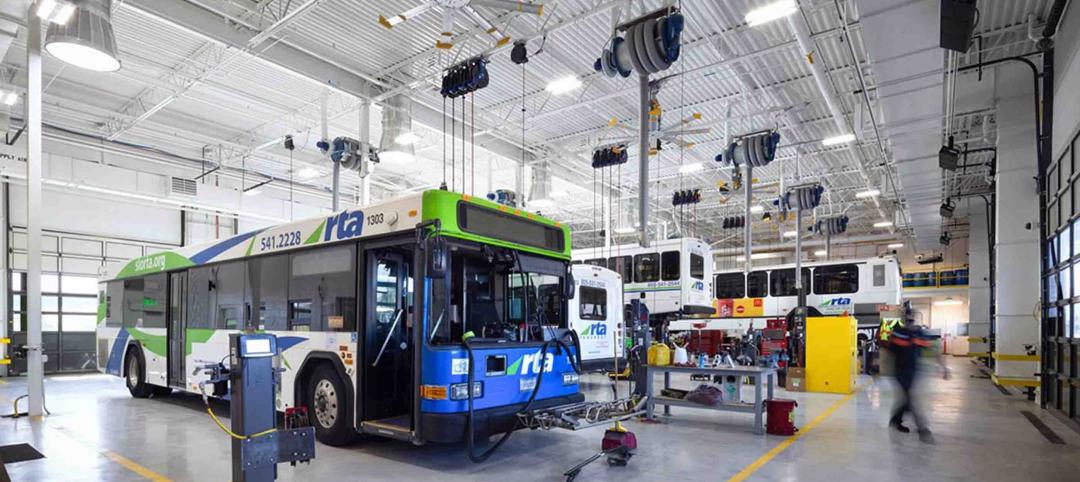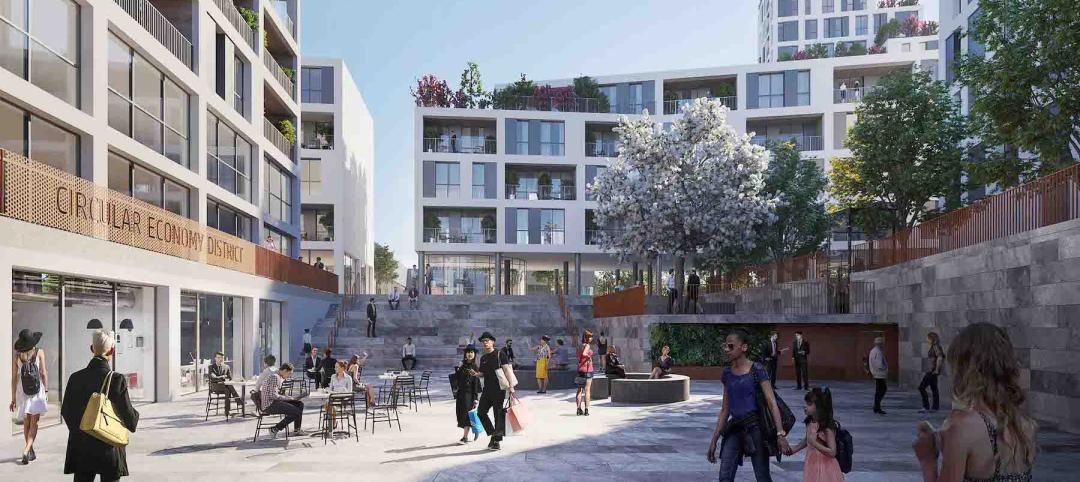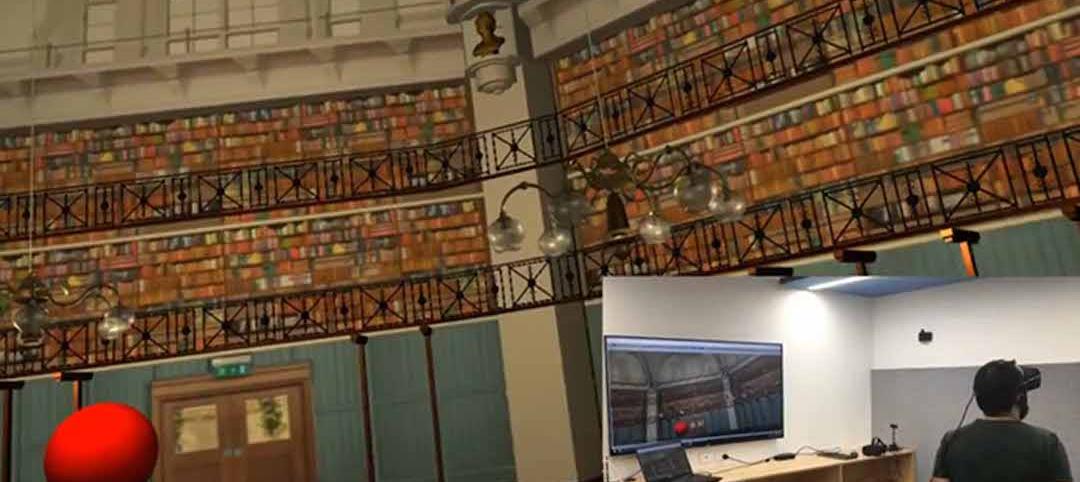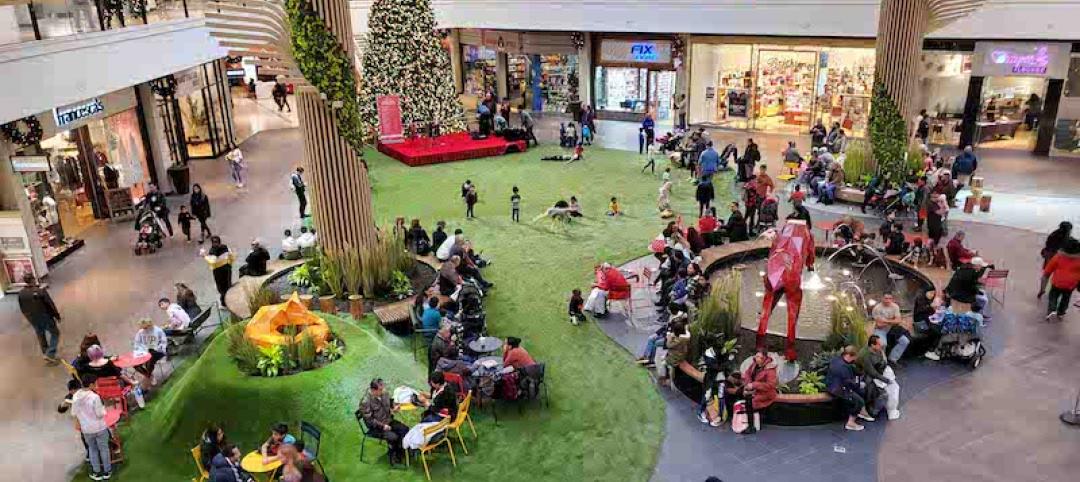I am an architect. My specialty is healthcare. My formal education and 39-year career have taught me many lessons about healthcare design and construction. Some fundamental architectural principles still hold true: “Form ever follows function.” I know a lot about the effects of color, texture and light on the human mind. Even an understanding of the fundamentals of electrical and mechanical engineering has come my way. Those lessons and all that experience pale when compared to what I learned when I entered the hospital as a patient. I was admitted to my client’s facility—a facility that I helped design.
Truth be told, I did not want to be a patient—anywhere. Most people feel that way. Short of a planned pregnancy, who would want to stay in a hospital?
As a designer, I used to believe that all a patient needed was a well thought-out and appointed environment. The spaces should be clean, well lit, and the temperature comfortable—so simple. As a patient, I expected those basic attributes but I also wanted so much more.
Fear and anxiety
Before I even arrived at the hospital, my journey was riddled with fear, concern, anxiety, and questions… dozens of questions. Where do I park? Did I remember the forms? Where is the entrance? Where is the department? Who do I see?
No control
Once inside and registered, I soon realized that I was no longer in control of my day. I was told where to go, who to see, what to wear, and what forms to complete and sign. They asked me multiple times who I was and why I was there. Then I was told where to wait. Yes, the dreaded wait. As I navigated my way through this maze the designer in me wondered what else could be happening in the space: creative distraction, information delivery. These spaces and their wait times seemed like wasted opportunities.
Respect
Now, inside the exam room, I am somewhat settled. Or am I? I would like to know who invented the backless hospital gown. This person most certainly was not a patient when they dreamed this up. I understand that it makes the job of getting to my surface easier but my legs are cold. Where is that draft coming from? Can I have a warm bathrobe? I know this may sound picky but for heaven’s sake I’m a grown man wearing an old sheet with a slit up the back. Where’s the respect? Isn’t it time for a redesign of the hospital gown?
Information
Soon I was completely under the control of the staff. Some patients may find this comforting, but for me it was a real problem. During my time in the hospital, I developed an “I Want List.”
- I want to know where my doctor is.
- I want to know where my nurse is.
- I want to know when my procedure begins.
- I want to know who that person with that tray of needles is.
- I want to know what happens next.
- I want to know where the bathroom is.
Takeaways
What did I take away from my experience as a patient? Design is powerful, but it is simply one aspect of a patient’s healthcare experience. This experience depends on treating patients like people (with fears, anxiety, questions and needs) rather than bodies on an assembly line. Designers need to do a better job of understanding this patient experience.
What’s missing from the healthcare experience, based on my experience?
Communication
Communication is powerful and yet, at the most crucial times, so elusive. Information gives one some sense of control—It will make me a better patient. Schedules are merely “targets of time.” I understand delays. If there is a delay, please explain why and how long it’s going to be.
Agency
When the procedure is complete, then talk with me about it. Tell me what you saw. Show me what you did. Use the available technology to help me understand. Be direct and honest. Talk with me about where we (you and I) go from here and when I get my life back. What do we do next?
Dignity
A hospital staff that understands and responds to the fears and anxiety of patients routinely scores high on patient evaluations. If you help me with my health issue, communicate clearly, and care about me – I will appreciate your splendid facility.
Now about this hospital gown – Can I take it home and use it as a drop cloth?
More from Author
Stantec | Apr 18, 2024
The next destination: Passive design airports
Today, we can design airports that are climate resilient, durable, long-lasting, and healthy for occupants—we can design airports using Passive House standards.
Stantec | Mar 18, 2024
A modular construction solution to the mental healthcare crisis
Maria Ionescu, Senior Medical Planner, Stantec, shares a tested solution for the overburdened emergency department: Modular hub-and-spoke design.
Stantec | Nov 20, 2023
8 strategies for multifamily passive house design projects
Stantec's Brett Lambert, Principal of Architecture and Passive House Certified Consultant, uses the Northland Newton Development project to guide designers with eight tips for designing multifamily passive house projects.
Stantec | Apr 10, 2023
Implementing human-centric design in operations and maintenance facilities
Stantec's Ryan Odell suggests using the human experience to advance OMSF design that puts a focus on wellness and efficiency.
Stantec | Jul 6, 2022
5 approaches to a net zero strategy that communities can start right now
Whether your community has started on a plan or is still considering net zero, now is the time for all of us to start seriously addressing climate change.
Stantec | Feb 14, 2022
5 steps to remake suburbs into green communities where people want to live, work, and play
Stantec's John Bachmann offers proven tactic for retrofitting communities for success in the post-COVID era.
Stantec | Feb 8, 2022
How gaming technology is changing the way we design for acoustics
Adding 3D sound from gaming engines to VR allows designers to represent accurate acoustic conditions to clients during design.
Stantec | Dec 15, 2021
EV is the bridge to transit’s AV revolution—and now is the time to start building it
Thinking holistically about a technology-enabled customer experience will make transit a mode of choice for more people.
Stantec | Sep 3, 2021
Passports to a net-zero carbon future
How materials passports can help designers achieve social value and net-zero carbon.
Stantec | Aug 25, 2021
The mall of the future: Less retail, more content
For the mall to survive, it will need to embrace nontraditional uses and “messy vitality.” Here’s how to do it.

